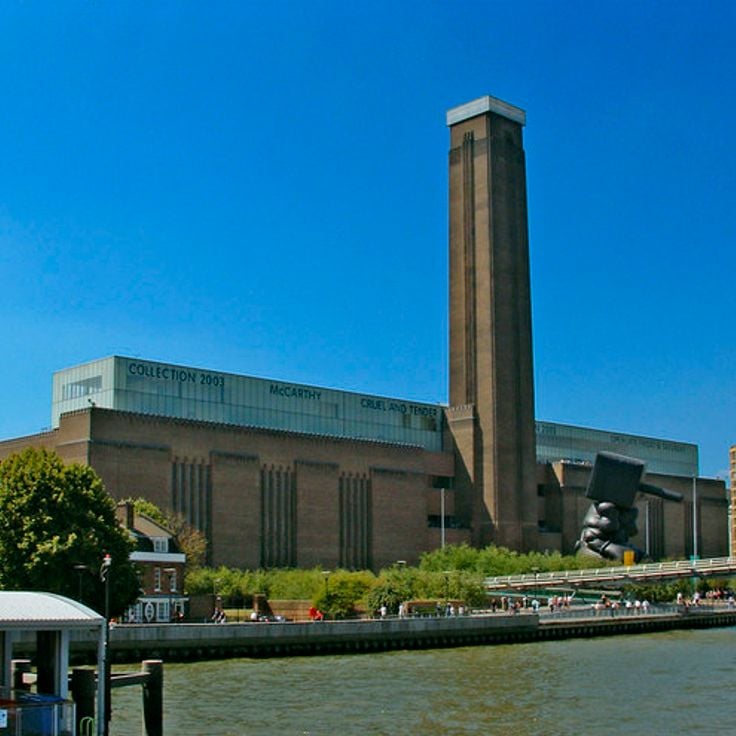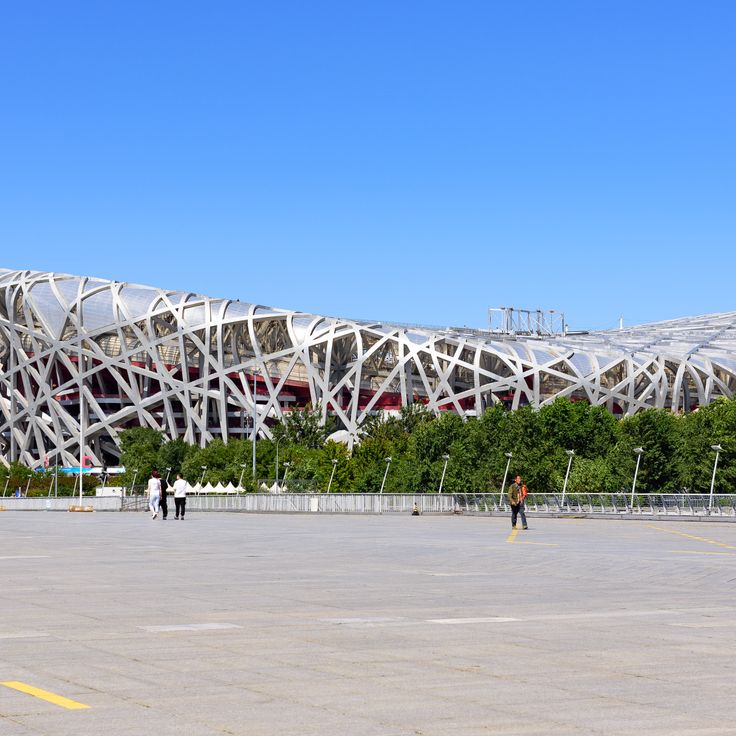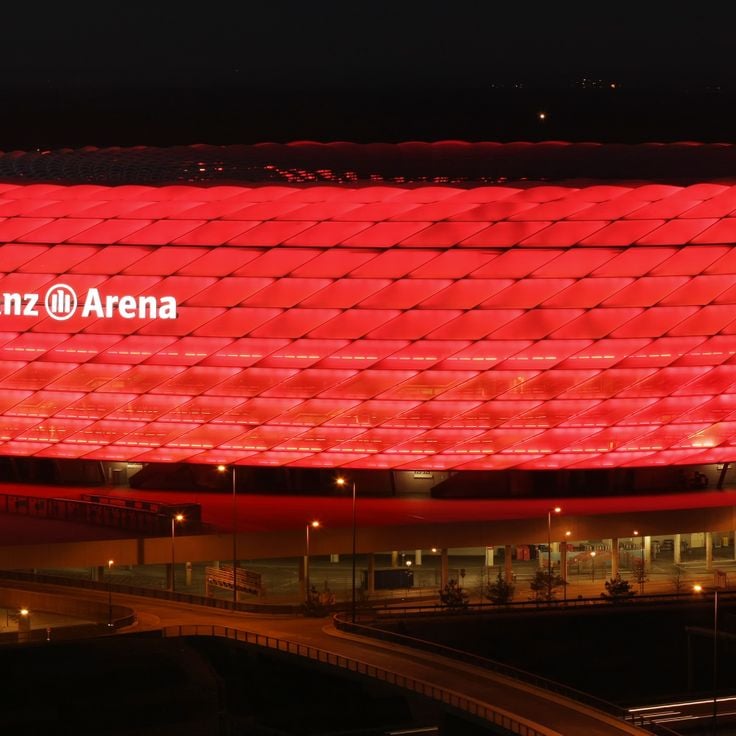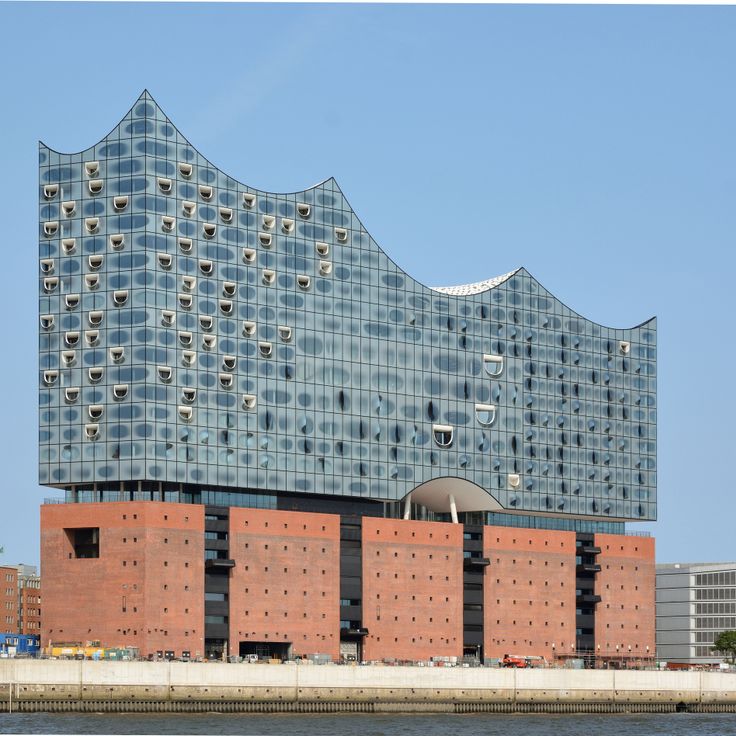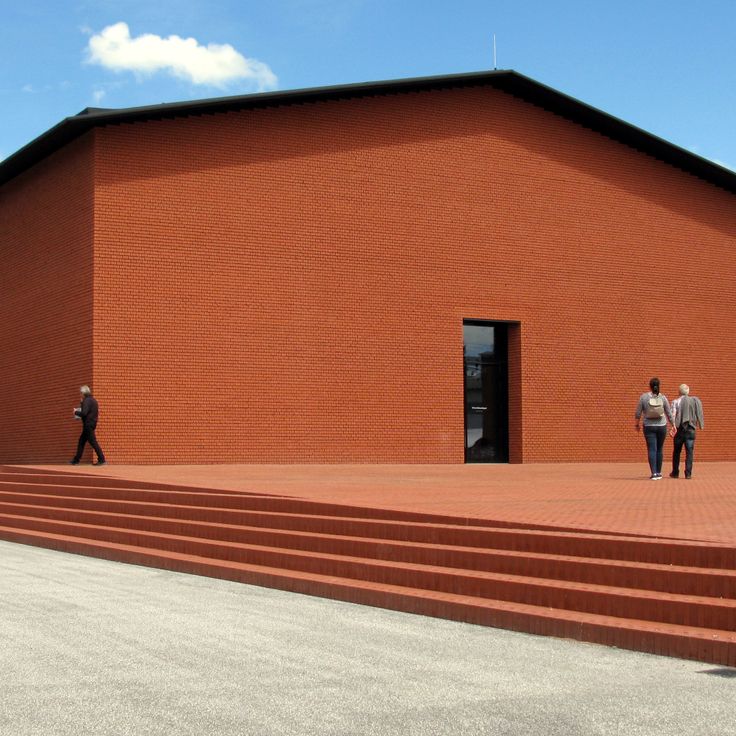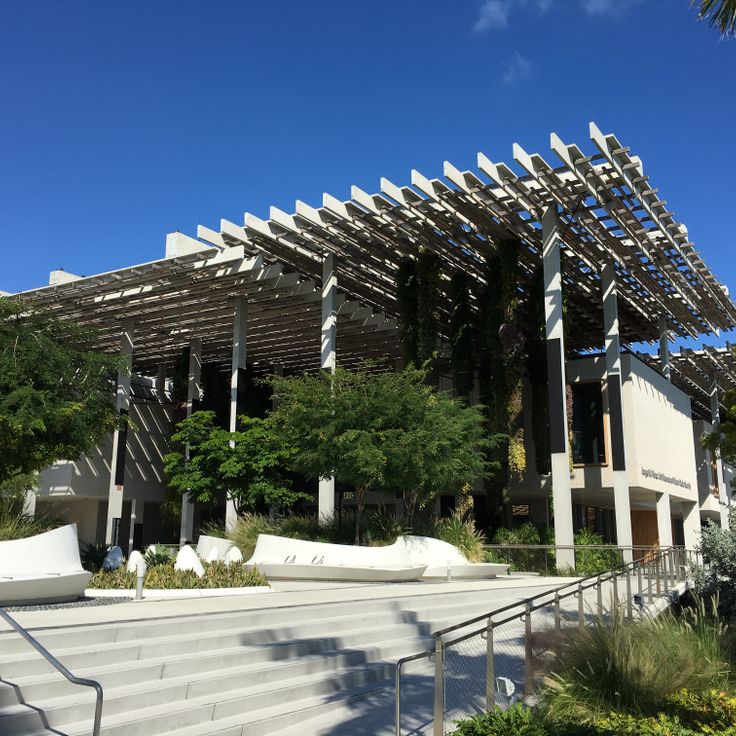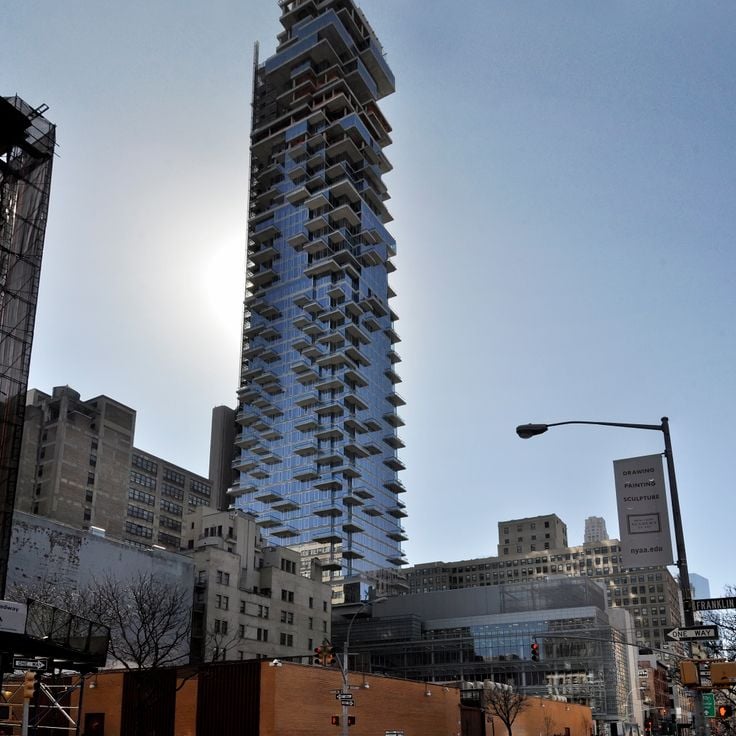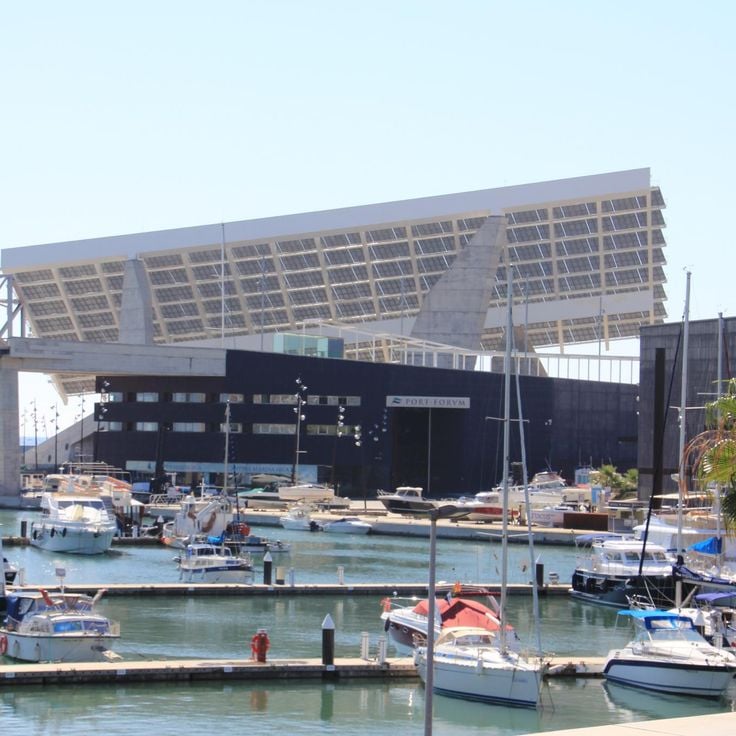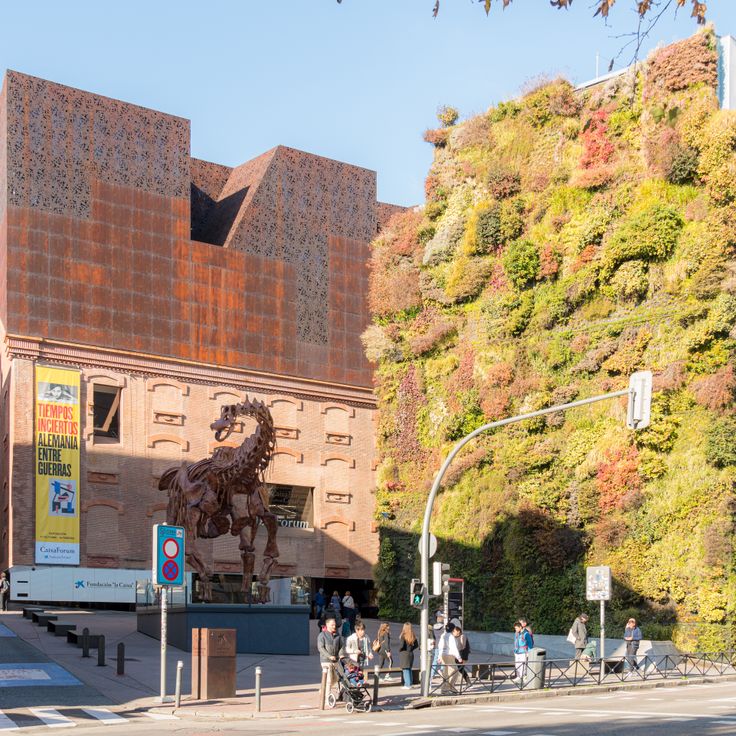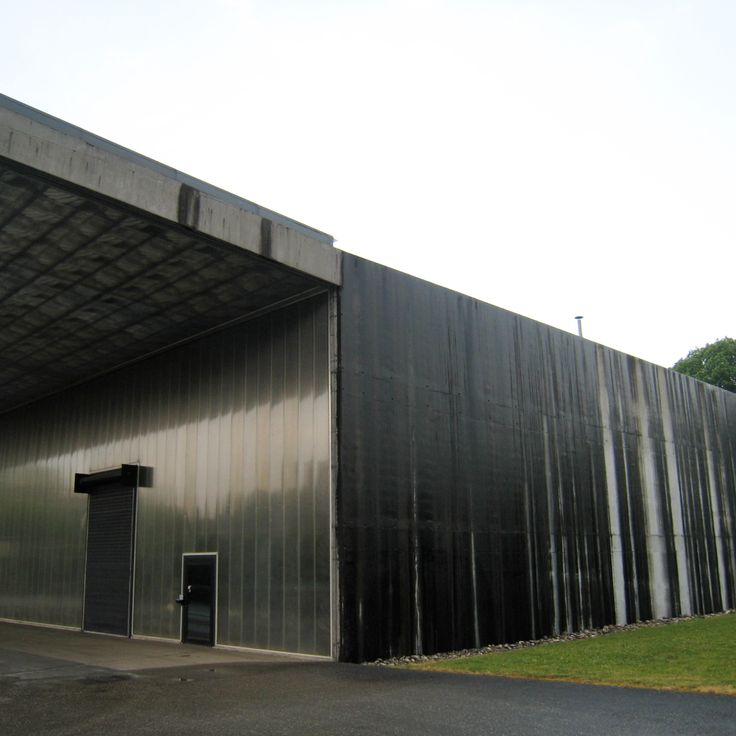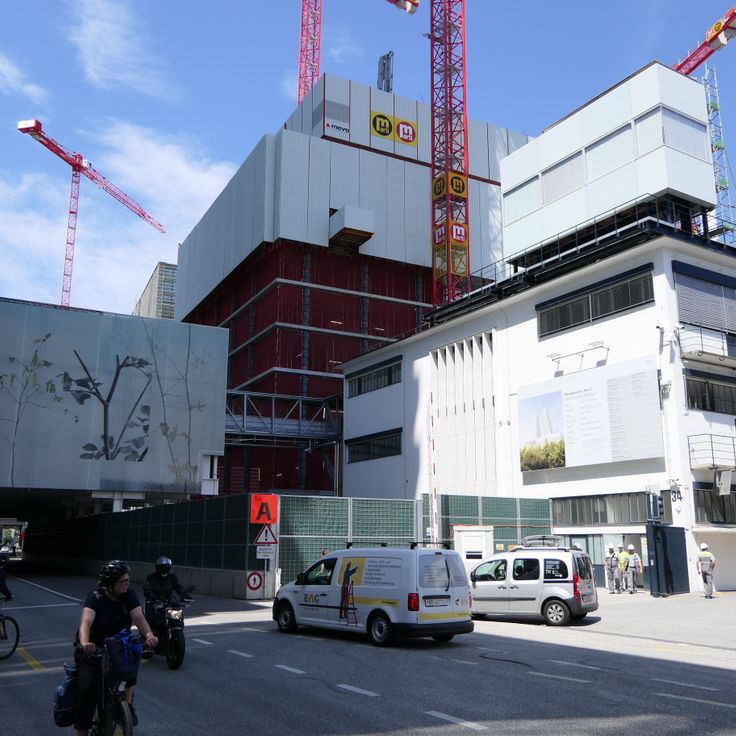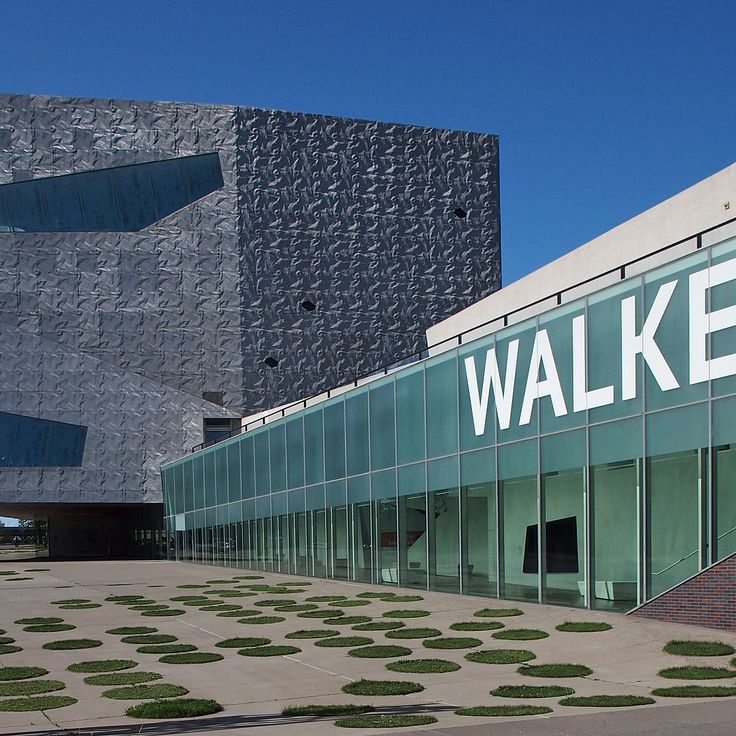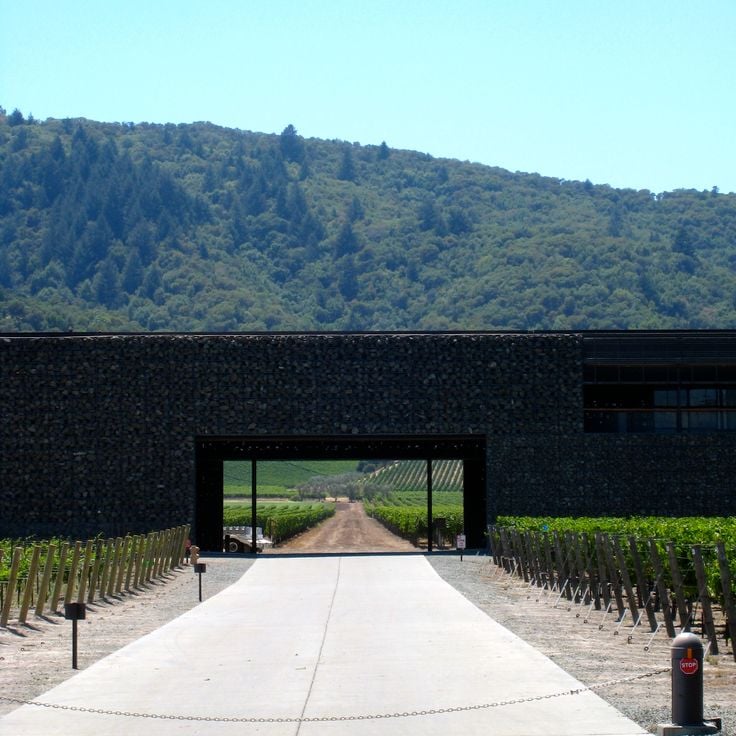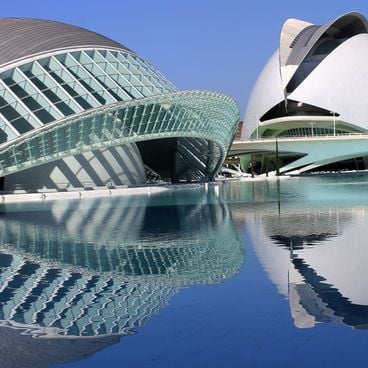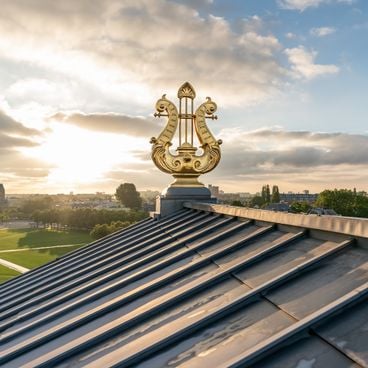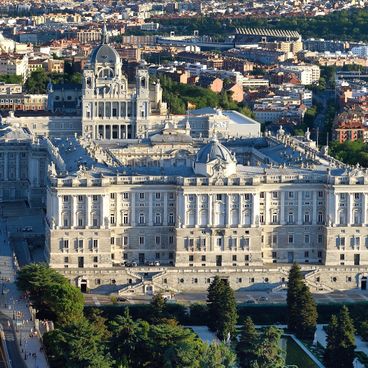Jacques Herzog co-founded Herzog & de Meuron with Pierre de Meuron, an architecture firm that has completed projects across multiple continents. The portfolio includes museums, stadiums, residential buildings and cultural centers in Europe, Asia and the Americas. Each project responds to its specific urban context with tailored architectural solutions. Completed works include the conversion of the Tate Modern in London, the National Stadium in Beijing for the 2008 Olympics, the Elbphilharmonie concert hall in Hamburg, and the Pérez Art Museum in Miami. The buildings feature experimental facade treatments and innovative use of materials. Herzog & de Meuron received the Pritzker Prize in 2001.
The Tate Modern was created by Herzog & de Meuron through the conversion of the former Bankside Power Station, a massive brick structure dating from 1947. The architects retained the industrial framework while adding a distinctive light beam that runs the full length of the building. The former chimney, standing 99 meters tall, serves as a landmark on the south bank of the Thames. Inside, the Turbine Hall provides an enormous exhibition space measuring 155 meters in length and 35 meters in height for large-scale contemporary art installations.
The Beijing National Stadium was designed by Jacques Herzog and Pierre de Meuron for the 2008 Olympic Games. The 91,000-seat venue features an external steel structure of interwoven beams that earned it the nickname Bird's Nest. The load-bearing elements form a three-dimensional network serving both structural and aesthetic functions. The geometry of the steel members resulted from computer-aided calculations, creating a complex pattern without apparent repetition.
The Allianz Arena opened in 2005 as a venue for the 2006 FIFA World Cup. This football stadium features a pneumatic outer skin composed of 2,760 diamond-shaped ETFE cushions that can be illuminated in red, white, or blue depending on the event. The membrane facade covers 66,000 square meters and allows for different lighting scenarios during home matches of Munich's two football clubs. Designed by Herzog & de Meuron, the structure accommodates 75,000 spectators.
The Elbphilharmonie opened in 2017 and rises 110 meters above Hamburg's harbor. The concert hall combines the historic Kaispeicher A red brick warehouse with a modern glass structure that evokes waves or ice crystals. The main hall seats 2,100 people and features vineyard-style architecture where the audience surrounds the orchestra. The undulating glass facade consists of 1,100 individually shaped panels that reflect light differently. A publicly accessible plaza at 37 meters height separates the old warehouse from the new concert hall and offers views of the city and harbor.
The Vitra Campus combines production facilities, exhibition spaces and administrative buildings of the furniture manufacturer Vitra. Jacques Herzog and Pierre de Meuron designed several structures here, including the VitraHaus from 2010, composed of twelve stacked house forms that serve as a showroom for the home furniture collection. The campus also houses the Vitra Design Museum by Frank Gehry and works by other architects, offering guided tours through the collection on design history and contemporary architecture.
The de Young Museum was designed by Herzog & de Meuron and reopened in Golden Gate Park in 2005. The building features a facade of perforated copper that develops a natural patina over time. The 44-meter observation tower provides panoramic views of San Francisco and the bay. The architecture integrates with the park landscape through its horizontal orientation and use of natural materials. The museum houses American art from the 17th century to the present, along with collections from Africa, Oceania, and the Americas.
The Pérez Art Museum Miami was designed by architects Herzog & de Meuron and opened in 2013. The museum is located directly on Biscayne Bay in Museum Park. The architecture combines hanging gardens with covered outdoor spaces that provide shade and natural ventilation. The structure uses concrete and wood construction with tropical vegetation integrated into the facade. The galleries are distributed across three floors and offer exhibition spaces for modern and contemporary art. The terraces allow visitors to view the bay and the city.
This residential tower designed by Herzog & de Meuron rises 250 meters above the Tribeca neighborhood. The 56 Leonard Street features a stacked structure where each floor is slightly offset, creating individual balconies. The facade combines glass and concrete, producing distinct outdoor spaces for each of the 145 residences. Completed in 2017, the building contains 60 floors and provides views of Manhattan and the Hudson River.
Forum Barcelona was designed by Herzog & de Meuron in 2004 as a public congress and cultural center. The building features a triangular footprint covering 67,000 square meters and sits in the Sant Martí district by the sea. The architects created a large covered platform that functions as a public space for events, exhibitions, and conferences. The facade consists of blue-tinted concrete referencing the Mediterranean, while the sloped roof is partially equipped with photovoltaic panels.
CaixaForum Madrid occupies a former early 20th-century power station converted into a cultural center. The building, redesigned by Herzog & de Meuron, provides 8,000 square meters of exhibition space dedicated to contemporary art and temporary exhibitions. A vertical garden featuring over 15,000 plants, designed by botanist Patrick Blanc, covers the exterior wall. The museum also houses a bookshop, restaurant, and event spaces for lectures and workshops.
1111 Lincoln Road is a seven-story concrete structure in Miami Beach designed by Herzog & de Meuron. This building combines 300 parking spaces with retail areas and residential units in an open architectural framework. The structure features exposed concrete slabs and continuous transparency that allows natural ventilation and daylight to reach all levels. The horizontal plates vary in height from 2.7 to 10.4 meters, creating different spatial experiences for commercial and private use.
Prada Aoyama was completed in 2003 by Herzog & de Meuron in the Minami-Aoyama district. This six-story retail building features a geometric glass facade with a diamond-shaped steel grid. The structure combines commercial spaces with public areas across multiple levels. The building uses transparent and translucent glass panels that create varying light effects throughout the day.
This production and storage building was designed by Jacques Herzog for Ricola-Europe SA. The structure combines lightweight concrete elements with a metal framework. Large glass surfaces characterize the facade and allow natural light into the production areas. The building fulfills industrial requirements while serving storage functions. The architectural design connects functional aspects with modern construction materials.
The Roche Tower was designed by Herzog & de Meuron and reaches a height of 178 meters. The building features a fully glazed facade and provides workspace for approximately 2000 employees of the pharmaceutical company Roche. Construction was completed in 2015, and the tower stands in central Basel along the Rhine riverbank. The structure houses modern office spaces, conference facilities, and technical installations across multiple floors.
This extension of the Walker Art Center was designed by Herzog & de Meuron and opened in 2005. The new building adds 40000 square meters to the museum and includes exhibition spaces, a theater, educational facilities, and restaurants. The architecture is characterized by its folded aluminum facade, which contrasts with the brick structure of the original building. A glazed corridor creates a dialogue between old and new architecture. The extension doubles the museum's capacity and provides additional space for the contemporary art collection.
The Schaulager is an art storage and exhibition facility in Münchenstein designed by Herzog & de Meuron. Opened in 2003, the building combines storage functions with exhibition capabilities. The structure houses 650 artworks from the Emanuel Hoffmann Foundation in climate-controlled rooms. Researchers and curators can study the collection under optimal conditions. The architecture features massive concrete walls and controlled lighting environments.
The winery in Napa Valley was designed by Herzog & de Meuron and features a distinctive facade constructed from steel gabion cages filled with regional basalt stones. The structure allows natural temperature regulation of the production spaces through the thermal mass of the stones. Completed in 1998, the construction integrates the functional requirements of winemaking with an innovative building method where local materials contribute to defining the architectural form.
